Why It’s Important to Report Invasive Species Sightings
Across our interconnected world, invasive species represent one of the most significant yet underappreciated threats to biodiversity, ecosystem health, and even human economies. These non-native organisms—whether plants, animals, or microbes—can wreak havoc when introduced to environments lacking natural checks and balances. Early detection through citizen reporting has emerged as a critical frontline defense in this ongoing biological struggle. When everyday people become environmental stewards by reporting unusual species they encounter, they contribute to a vital early warning system that can mean the difference between successful containment and irreversible ecological damage. Understanding why these reports matter goes beyond simple environmental consciousness—it represents a practical way individuals can directly impact conservation efforts in their communities and beyond.
The Devastating Impact of Invasive Species
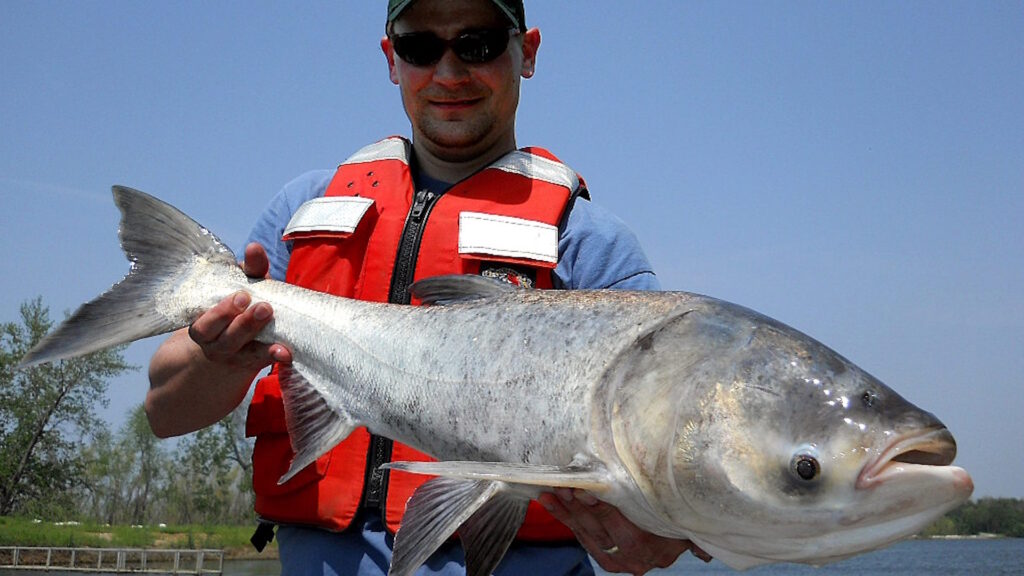
Invasive species represent the second leading cause of biodiversity loss worldwide, trailing only habitat destruction in their devastating environmental impact. These biological invaders cost the global economy hundreds of billions of dollars annually through agricultural damage, infrastructure degradation, and expensive control measures. In the United States alone, invasive species management exceeds $120 billion per year, demonstrating the massive economic burden these organisms place on society. Beyond financial considerations, invasive species fundamentally alter ecosystems by outcompeting native organisms, disrupting food webs, and sometimes driving local species to extinction. The ecological ripple effects can persist for generations, permanently changing landscapes and reducing the resilience of natural systems to other stressors like climate change.
Early Detection: The Power of Citizen Reports
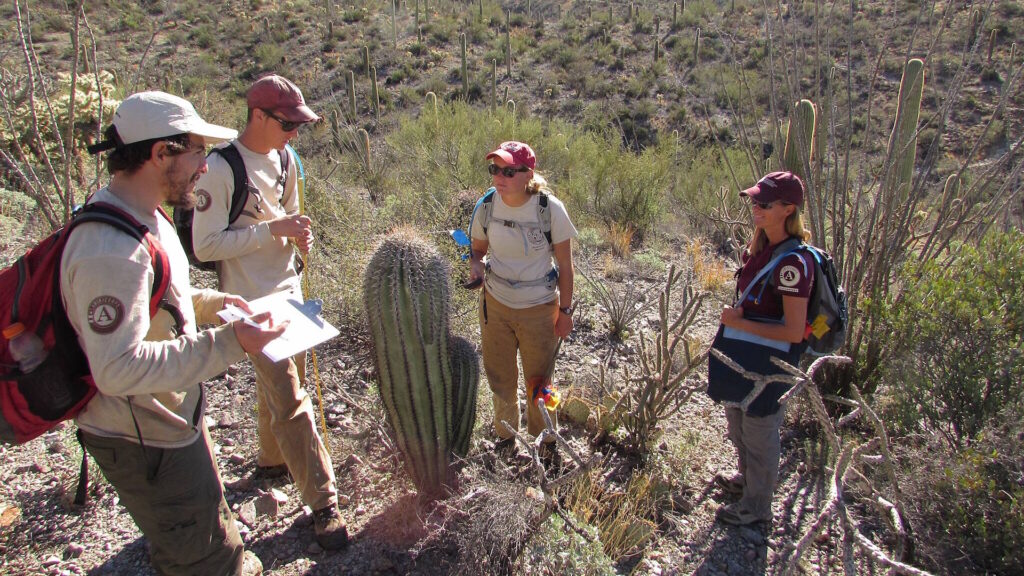
Early detection represents the single most effective strategy in combating invasive species, with costs increasing exponentially the longer an invasion proceeds unchecked. Scientists and land managers simply cannot monitor every forest, stream, lake, and field—creating a surveillance gap that citizen reports help fill. When observant hikers, gardeners, anglers, or everyday nature enthusiasts report unusual sightings, they essentially extend the reach of professional monitoring networks by orders of magnitude. Research has demonstrated that citizen-sourced reports often identify new invasions years before they would otherwise be discovered through routine professional surveys. This time advantage proves crucial, as containment or eradication becomes dramatically more feasible when populations remain small and localized rather than widespread and established.
Successful Eradication Stories Driven by Citizen Reports
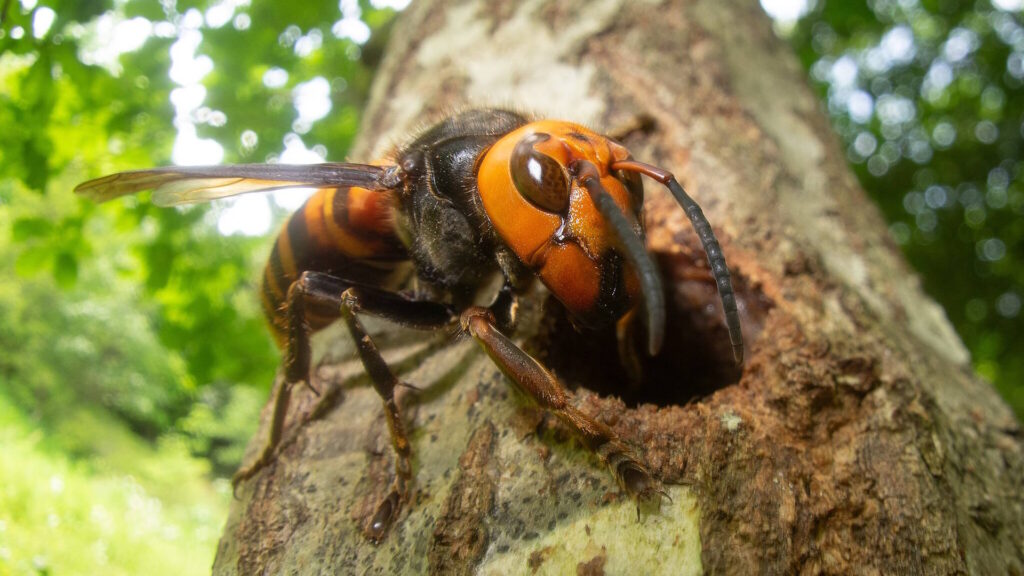
The power of public reporting has been demonstrated repeatedly through successful eradication campaigns that began with a single observant citizen. In Australia, an alert gardener’s report of an unusual plant led to the identification and elimination of witchweed, a parasitic plant that could have devastated cereal crop production had it established broadly. Washington state’s elimination of Asian giant hornets (sometimes called “murder hornets”) began with public reports that allowed officials to locate and destroy nests before they could establish a foothold in North America. In New Zealand, a recreational diver’s report of an unusual seaweed led to the successful eradication of an invasive algae that threatened marine ecosystems. These success stories share a common thread: observant citizens who recognized something unusual and took the time to report it to the proper authorities.
The Cascading Ecosystem Effects of Invasions
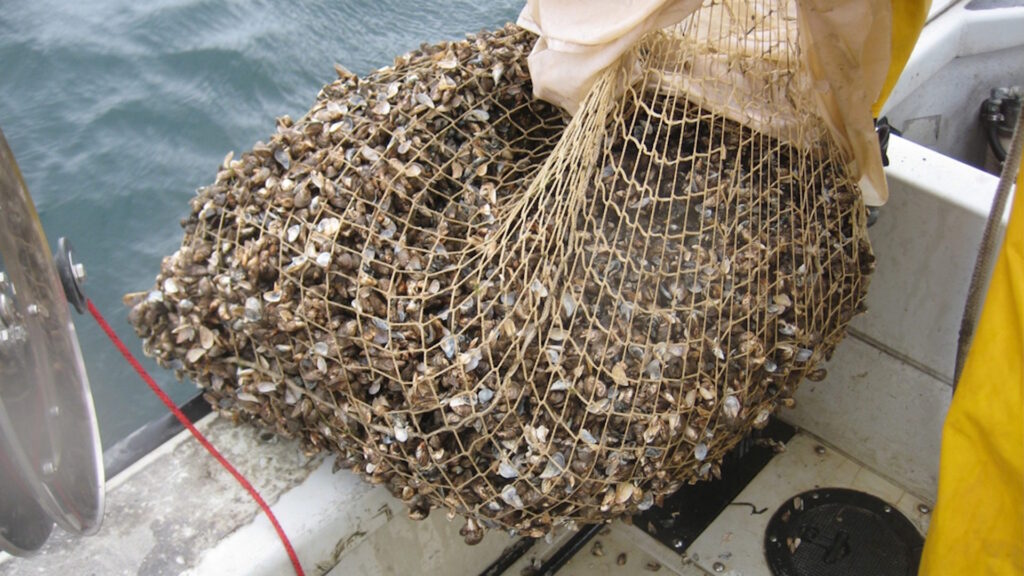
Invasive species rarely affect just a single native species—they typically trigger cascading effects throughout entire ecosystems. The introduction of zebra and quagga mussels to North American waterways demonstrates this principle perfectly, as these tiny mollusks not only clog water intake pipes but also filter tremendous volumes of water, removing plankton that forms the base of aquatic food webs. This filtration increases water clarity, allowing sunlight to penetrate deeper, which in turn promotes excessive aquatic plant growth that can choke waterways. The altered food web impacts fish populations, affecting both commercial and recreational fishing, while changing nutrient cycling throughout the entire system. One seemingly minor introduction thus transforms entire ecosystems through multiple interconnected pathways, illustrating why prevention through early detection proves so crucial.
The Economic Argument for Citizen Reporting
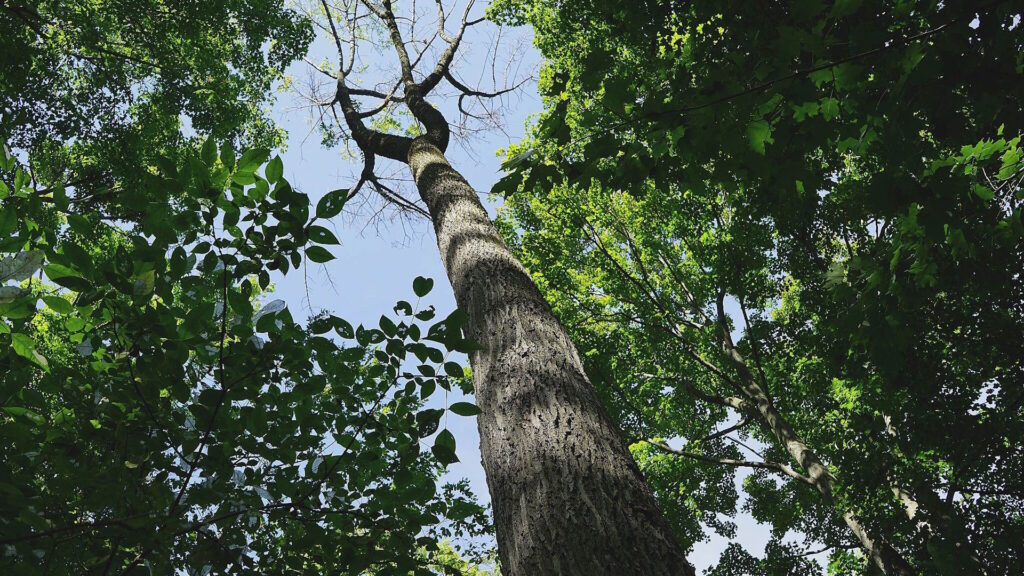
Beyond environmental considerations, reporting invasive species makes compelling economic sense for communities and individuals alike. The cost ratio between early intervention and long-term management can be staggering—often 100:1 or greater—meaning every dollar spent on early detection saves hundreds in future control efforts. Property values can decline significantly in areas heavily impacted by invasive species, as demonstrated by reduced lakefront property values following aquatic invasions or diminished forest property values after emerald ash borer infestations. Agriculture and forestry industries suffer billions in losses annually from invasive pests and weeds, costs ultimately passed to consumers through higher prices. The recreational value of natural areas also diminishes when invasive species degrade fishing quality, reduce wildlife viewing opportunities, or make areas physically difficult to access due to thick invasive plant growth.
Digital Tools Making Reporting Easier Than Ever
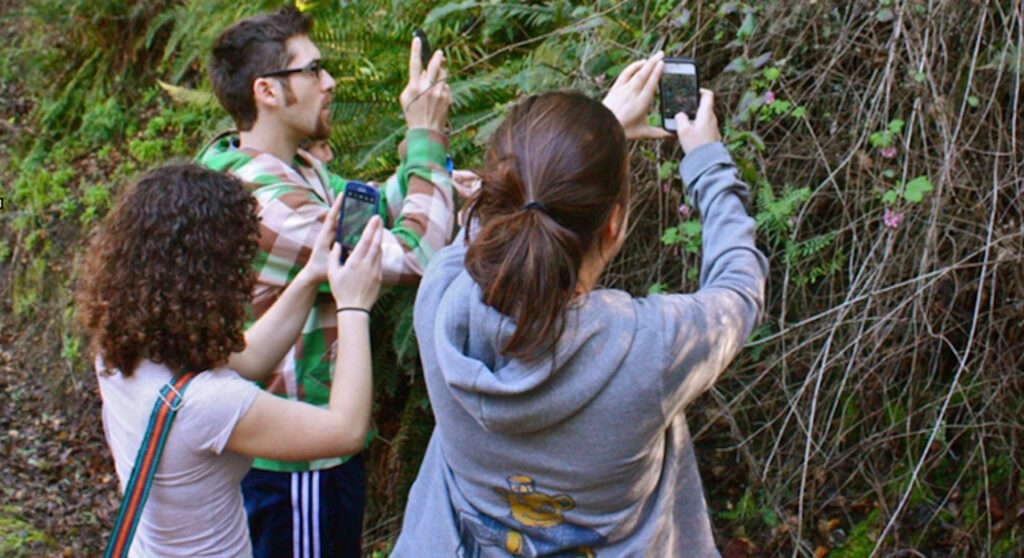
The proliferation of smartphone technology has revolutionized invasive species reporting, removing barriers that once made citizen science participation challenging. Apps like EDDMapS, iNaturalist, and region-specific reporting tools allow users to photograph suspicious species and submit georeferenced reports in seconds, often with built-in identification assistance. These digital platforms typically forward reports to relevant agencies while simultaneously building valuable distribution maps that track invasions over time. Many apps now incorporate artificial intelligence to help users distinguish between similar-looking native and invasive species, improving report accuracy. The social aspects of these platforms create communities of observers who learn from each other, further enhancing the collective knowledge base and reporting capabilities of citizen scientists across the country.
Human Health Implications of Invasive Species
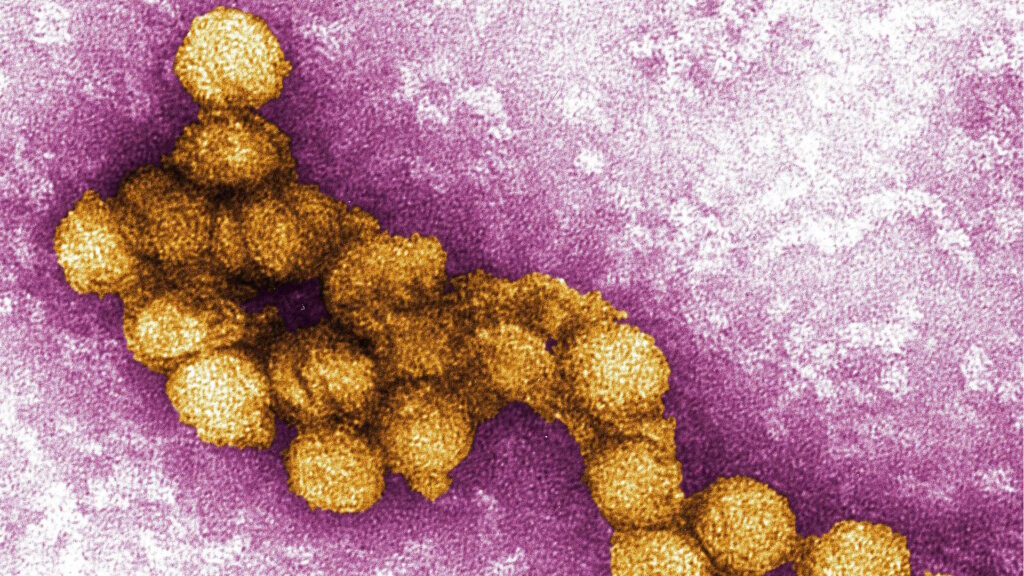
Many invasive species pose direct threats to human health, making their early detection particularly important from a public health perspective. The spread of Asian tiger mosquitoes and other invasive mosquito species has expanded the range of mosquito-borne diseases like West Nile virus, dengue, and Zika in many regions. Invasive plants like giant hogweed and wild parsnip can cause severe skin burns when their sap contacts skin exposed to sunlight, creating painful blisters and sometimes permanent scarring. Certain invasive ticks expand the range of serious diseases like Lyme disease, Rocky Mountain spotted fever, and Alpha-gal syndrome (red meat allergy). Early detection and control of these health-threatening invaders directly benefits community well-being while reducing healthcare costs associated with treating these preventable conditions.
Legal Requirements and Regulations
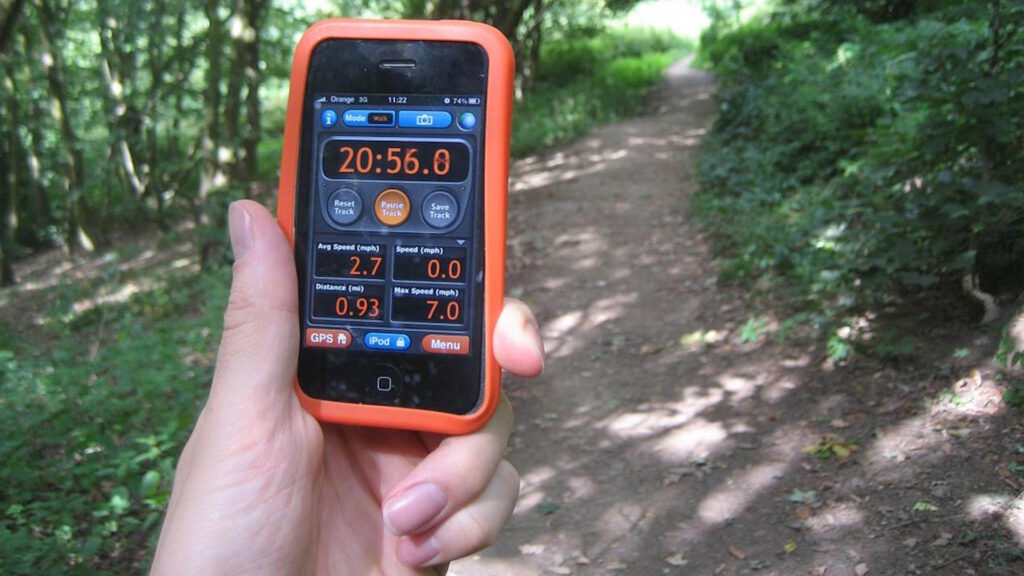
Many jurisdictions have enacted laws requiring the reporting of certain high-priority invasive species, making citizen participation not just helpful but legally mandated in some cases. These regulations typically target “early detection rapid response” species—those not yet established but with high damage potential if they become established. Professional sectors like landscaping, agriculture, forestry, and aquaculture often face specific reporting requirements due to their elevated risk of encountering or accidentally spreading invasive species. Understanding and complying with these reporting requirements helps individuals and businesses avoid potential fines while contributing to broader containment efforts. Even when not legally required, reporting aligns with the growing emphasis on environmental stewardship codified in many sustainability frameworks and corporate responsibility initiatives.
How Reporting Protects Native Species

Native species often lack defenses against novel competitors, predators, or pathogens, making them particularly vulnerable to invasive species impacts. Reporting invasive sightings directly contributes to protecting these native species, many of which have irreplaceable ecological, cultural, or economic value. Iconic examples include the devastation of North American ash trees by emerald ash borers, the threats posed to Hawaii’s native birds by invasive mosquitoes carrying avian malaria, and the decimation of American chestnut trees by introduced chestnut blight. Beyond these well-known cases, countless less charismatic but ecologically important native species face similar threats. Early reporting creates opportunities for targeted protection efforts that might include captive breeding programs, habitat management, or biological control research before native populations decline beyond recovery thresholds.
The Climate Change Connection
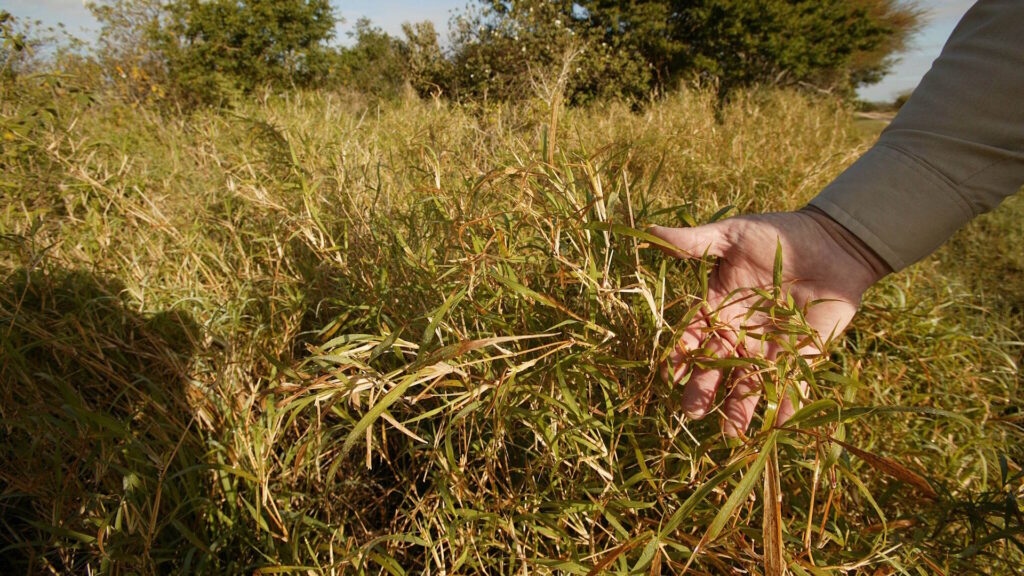
Climate change and invasive species represent a dangerous feedback loop, with each problem amplifying the other’s impacts in concerning ways. Warming temperatures allow many invasive species to expand their ranges into previously inhospitable regions, increasing their potential range and impact. Simultaneously, ecosystems stressed by climate change often prove more vulnerable to invasion, as native species struggle with new climate conditions while adaptable invaders thrive. Invasive plants can alter carbon sequestration patterns, sometimes releasing more greenhouse gases than the native ecosystems they replace, particularly when they increase wildfire frequency or intensity. Reporting invasive species therefore represents climate action as well as biodiversity protection, addressing two interconnected environmental crises simultaneously.
Building Community Through Citizen Science

Invasive species reporting programs often create unexpected social benefits by bringing together diverse community members around a common purpose. School groups, retirement communities, outdoor recreation clubs, and conservation organizations frequently participate in monitoring and reporting programs that build environmental literacy while strengthening community bonds. These programs offer accessible entry points into scientific participation for people of all ages and backgrounds, democratizing the scientific process. The collaborative nature of these efforts helps bridge political and social divides through shared stewardship values and tangible local action. Many participants report increased connection to place and community as they become more observant of their local environments through participation in invasive species monitoring programs.
How to Make Effective Reports
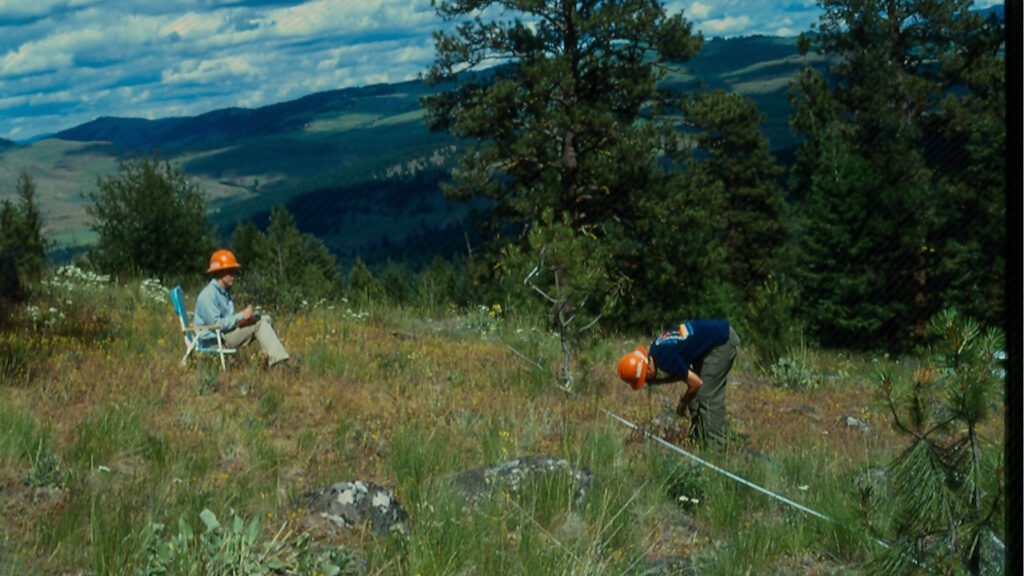
Effective invasive species reporting involves more than simply noticing something unusual—certain practices significantly increase a report’s scientific value. Clear photographs from multiple angles provide crucial identification details, ideally including close-ups of distinguishing features like leaves, flowers, or anatomical structures. Precise location data, either through GPS coordinates or detailed descriptions, helps authorities locate the organism for verification and potential control. Noting the habitat context and approximate abundance (single individual vs. established population) helps prioritize response efforts. Recording the date of observation establishes important temporal data for tracking invasion progression. Many reporting systems also welcome additional observations about behavior, associated species impacts, or habitat conditions that might inform management decisions.
Future Directions in Invasive Species Monitoring
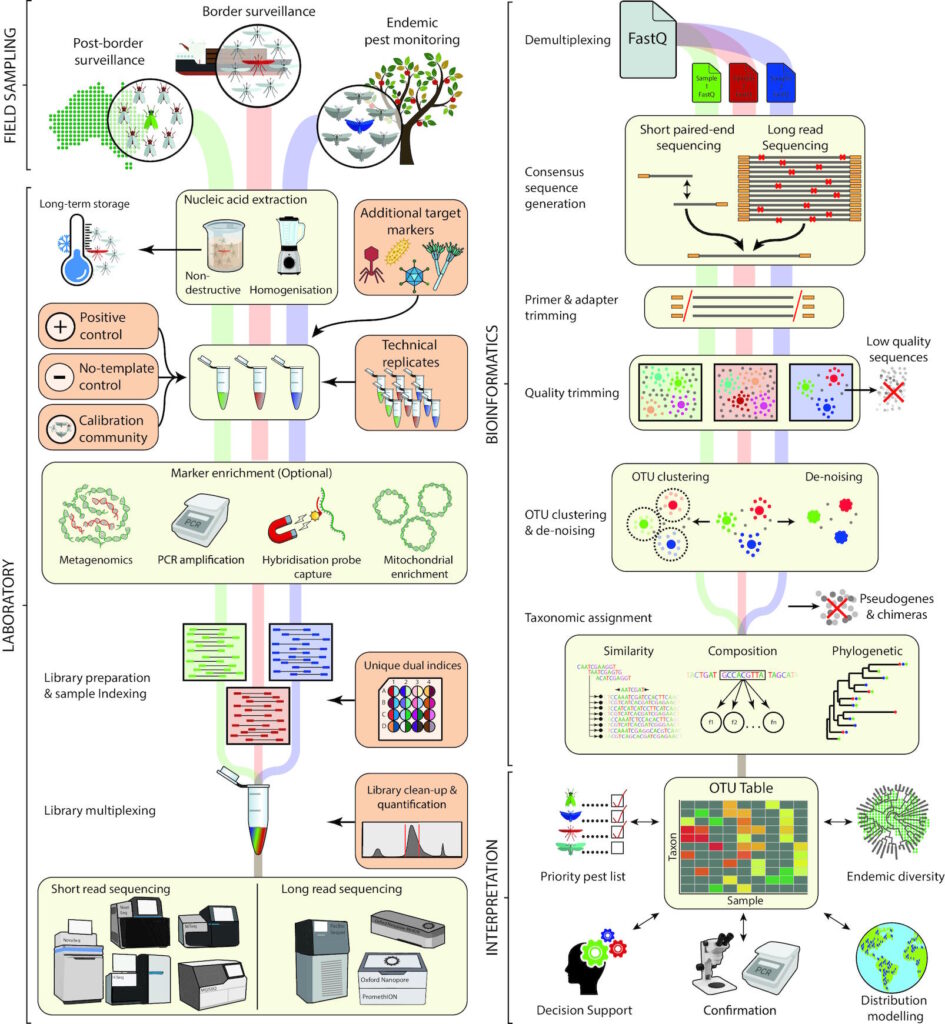
The field of invasive species detection continues to evolve rapidly, with emerging technologies complementing traditional citizen reporting in exciting ways. Environmental DNA (eDNA) sampling allows detection of invasive organisms from water or soil samples, even when the organisms themselves remain unseen. Remote sensing using drones and satellite imagery increasingly identifies invasive plant populations through spectral signatures before they become visible to ground observers. Acoustic monitoring detects distinctive sounds of certain invasive insects, frogs, or other animals across large areas. Despite these technological advances, human observers remain irreplaceable for their ability to notice subtle environmental changes, exercise judgment about unusual sightings, and access diverse habitats through normal daily activities. The most effective early detection systems will continue to integrate citizen reporting with these emerging technologies, creating multi-layered monitoring networks.
Conclusion
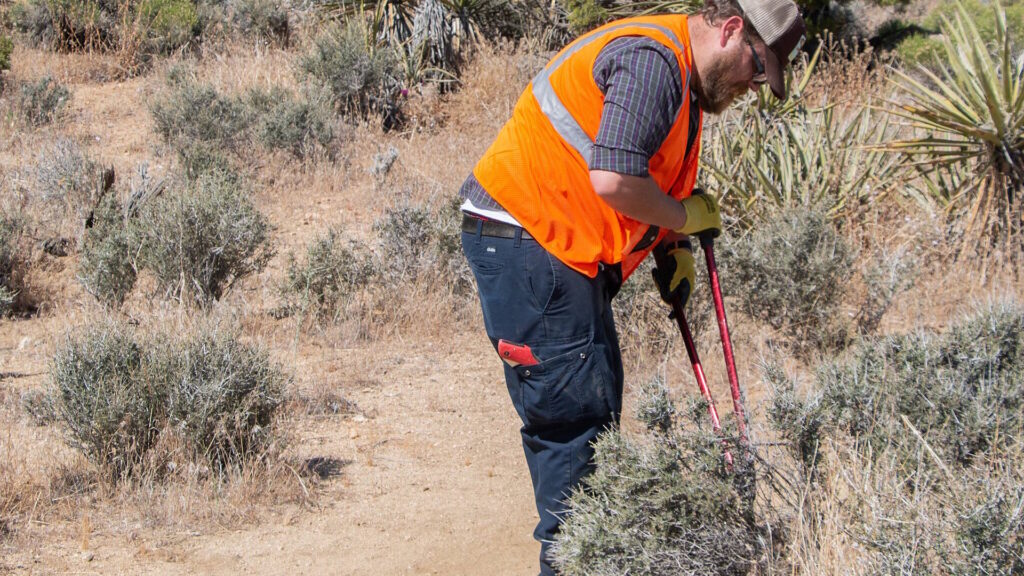
As our world grows increasingly interconnected through trade and travel, the threat of invasive species continues to intensify. Yet in this challenge lies an opportunity for meaningful individual action through observant citizenship. By reporting unusual species encountered in daily life, ordinary people become extraordinary environmental guardians, contributing to a global early warning system that protects biodiversity, economies, and human well-being. Each report represents a potential intervention point, a chance to stop biological invasions before they become irreversible. In an era of complex environmental challenges, few actions offer such direct, tangible impact as simply paying attention to our surroundings and reporting what doesn’t belong. The next time you notice something unusual in your garden, local park, or favorite fishing spot, remember: your observation and subsequent report might be the first line of defense in protecting the natural systems upon which we all depend.
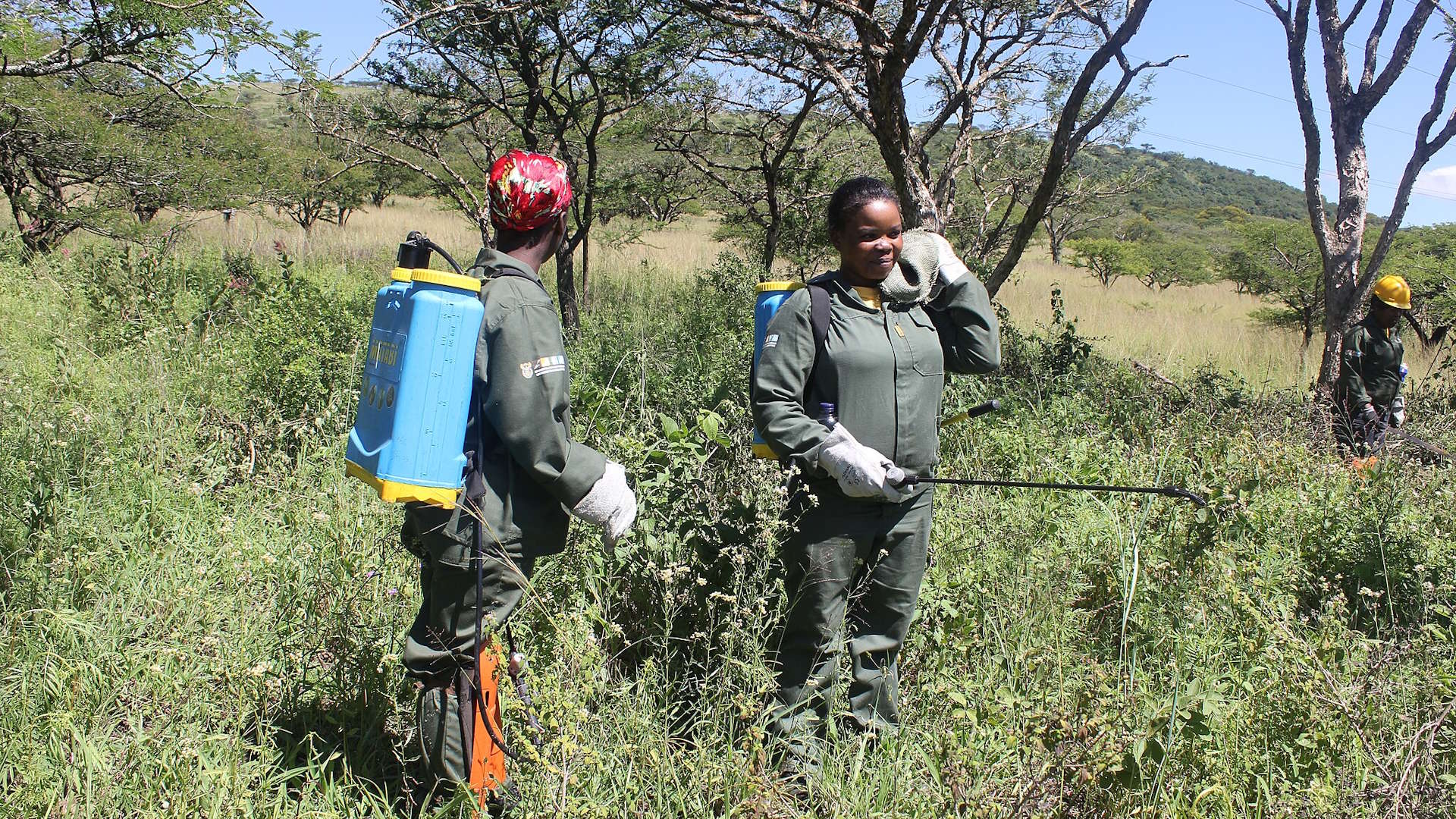













Post Comment